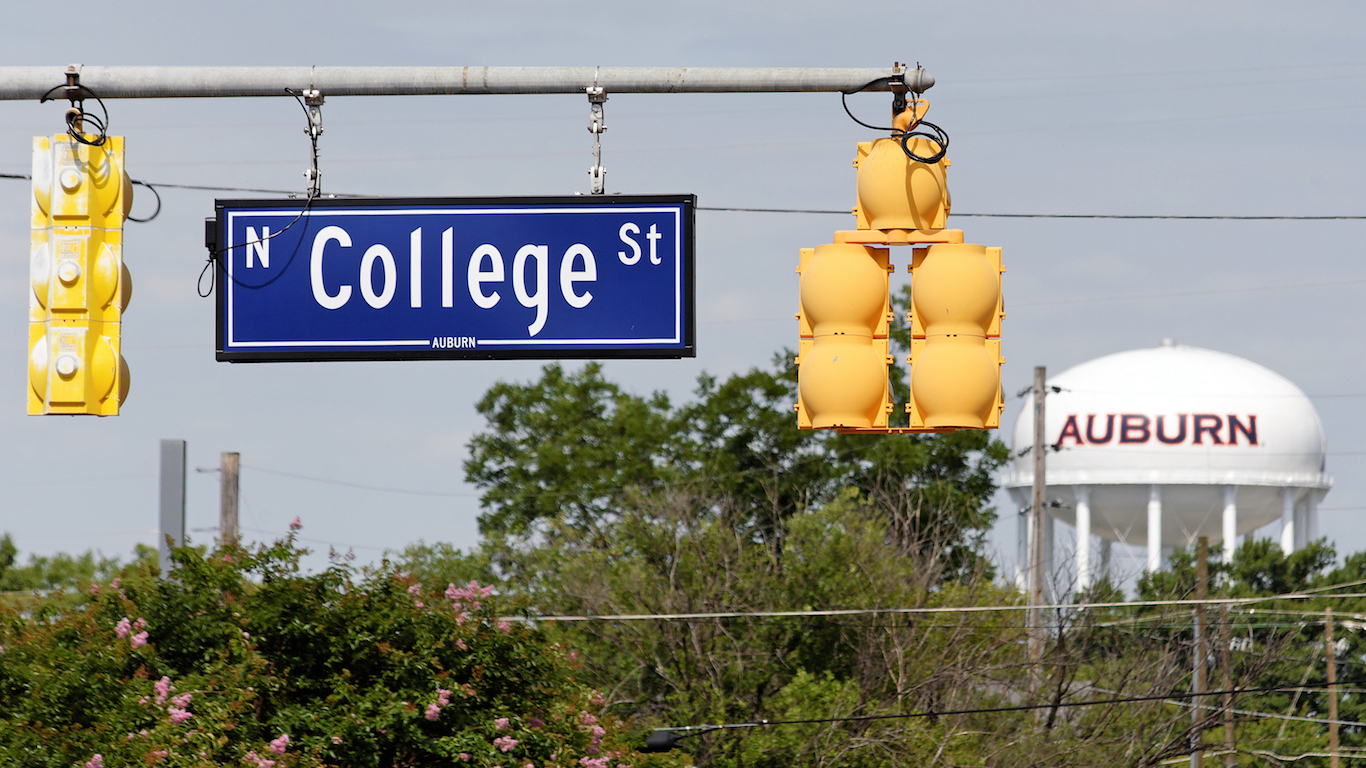
The National Association of Realtors (NAR) reported Friday morning that the seasonally adjusted annual rate of existing home sales in September fell to a seasonally adjusted annual rate of 5.15 million. The August rate of 5.34 million was flat with the July rate.
The September rate is the lowest in nearly three years. Existing home sales are down 4.1% year to date compared with 2017. The consensus estimate called for sales to reach 5.3 million, according to a survey of economists polled by Bloomberg.
In 2017 existing home sales rose 1.1% year over year, the best level in 11 years. The seasonally adjusted annual rate came in at 5.51 million, the highest since posting 6.48 million in 2006.
The NAR’s chief economist, Lawrence Yun, said:
This is the lowest existing home sales level since November 2015. A decade’s high mortgage rates are preventing consumers from making quick decisions on home purchases. All the while, affordable home listings remain low, continuing to spur underperforming sales activity across the country.
There is a clear shift in the market with another month of rising inventory on a year over year basis, though seasonal factors are leading to a third straight month of declining inventory. Homes will take a bit longer to sell compared to the super-heated fast pace seen earlier this year.
Housing inventory dropped from 1.91 million in August to 1.88 million homes, equal to a supply of 4.4 months. Inventory in September of last year totaled 1.86 million homes.
According to the NAR, the national median existing home price for all housing types in September slipped from $264,800 in August to $258,100. Year over year, the median price rose 4.2%. Home prices have now risen on a year-over-year comparison basis for 79 consecutive months.
The percentage of first-time buyers rose by one point month over month to 32%. For all of 2017, first-time buyers accounted for 34% of sales, down one percentage point compared with 2016.
Sales of single-family homes dropped from 4.74 million in August to a seasonally adjusted annual rate of 4.58 million in September and are down 4% compared with September 2017. Sales of multifamily homes also fell in September to a seasonally adjusted annual rate of 570,000 units.
All homes were on the market for an average of 32 days in September, up month over month by three days and down from 34 days in September 2017. Foreclosure (2%) and short (1%) sales accounted for 3% of all September sales, unchanged compared with the prior month and down from 4% in September 2017. The percentage of distressed sales remains at its lowest level since the NAR began tracking it in October 2008.
The NAR also reported the following regional data:
September existing home sales in the Northeast fell 2.9% to an annual rate of 680,000 and were down 5.6% compared with September 2017 sales. The median price in the Northeast was $286,200, up 4.1% compared with September of last year.
In the Midwest, existing home sales remained unchanged last month at an annual rate of 1.28 million and remained down 1.5% compared with the September 2017 rate. The median price in the Midwest was $200,200, up 1.9% from a year ago.
Existing home sales in the South slipped 5.4% in September to an annual rate of 2.11 million, down from 2.12 million sales compared to September 2017 sales. The median price in the South was $223,900, up 3% from a year ago.
Existing home sales in the West fell 3.6% to an annual rate of 1.08 million in September and were down 12.2% compared with September 2017 totals. The median price in the West was $388,500, up 4.1% compared with the September 2017 median.
It’s Your Money, Your Future—Own It (sponsor)
Retirement can be daunting, but it doesn’t need to be.
Imagine having an expert in your corner to help you with your financial goals. Someone to help you determine if you’re ahead, behind, or right on track. With SmartAsset, that’s not just a dream—it’s reality. This free tool connects you with pre-screened financial advisors who work in your best interests. It’s quick, it’s easy, so take the leap today and start planning smarter!
Don’t waste another minute; get started right here and help your retirement dreams become a retirement reality.
Thank you for reading! Have some feedback for us?
Contact the 24/7 Wall St. editorial team.
 24/7 Wall St.
24/7 Wall St.

